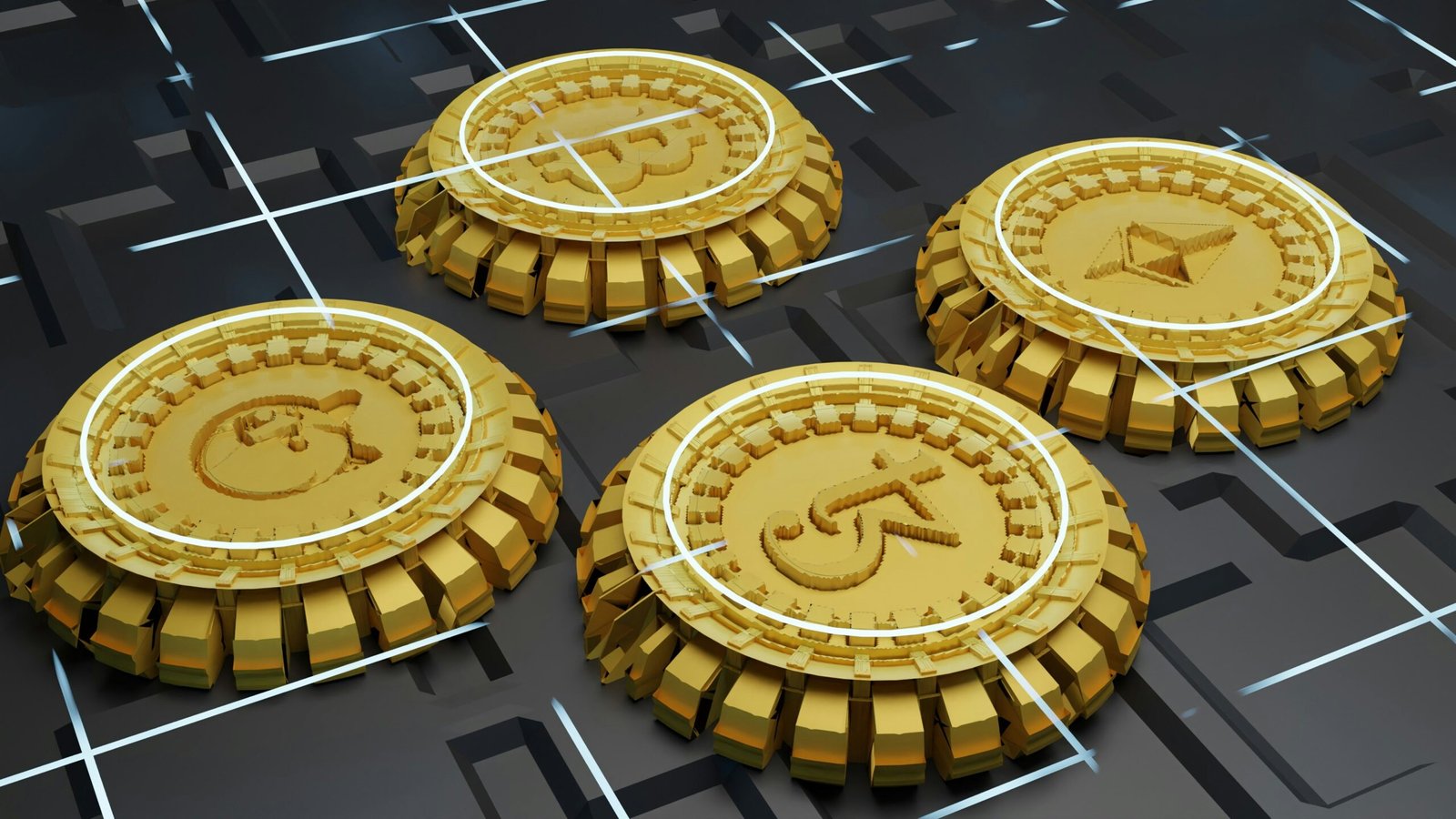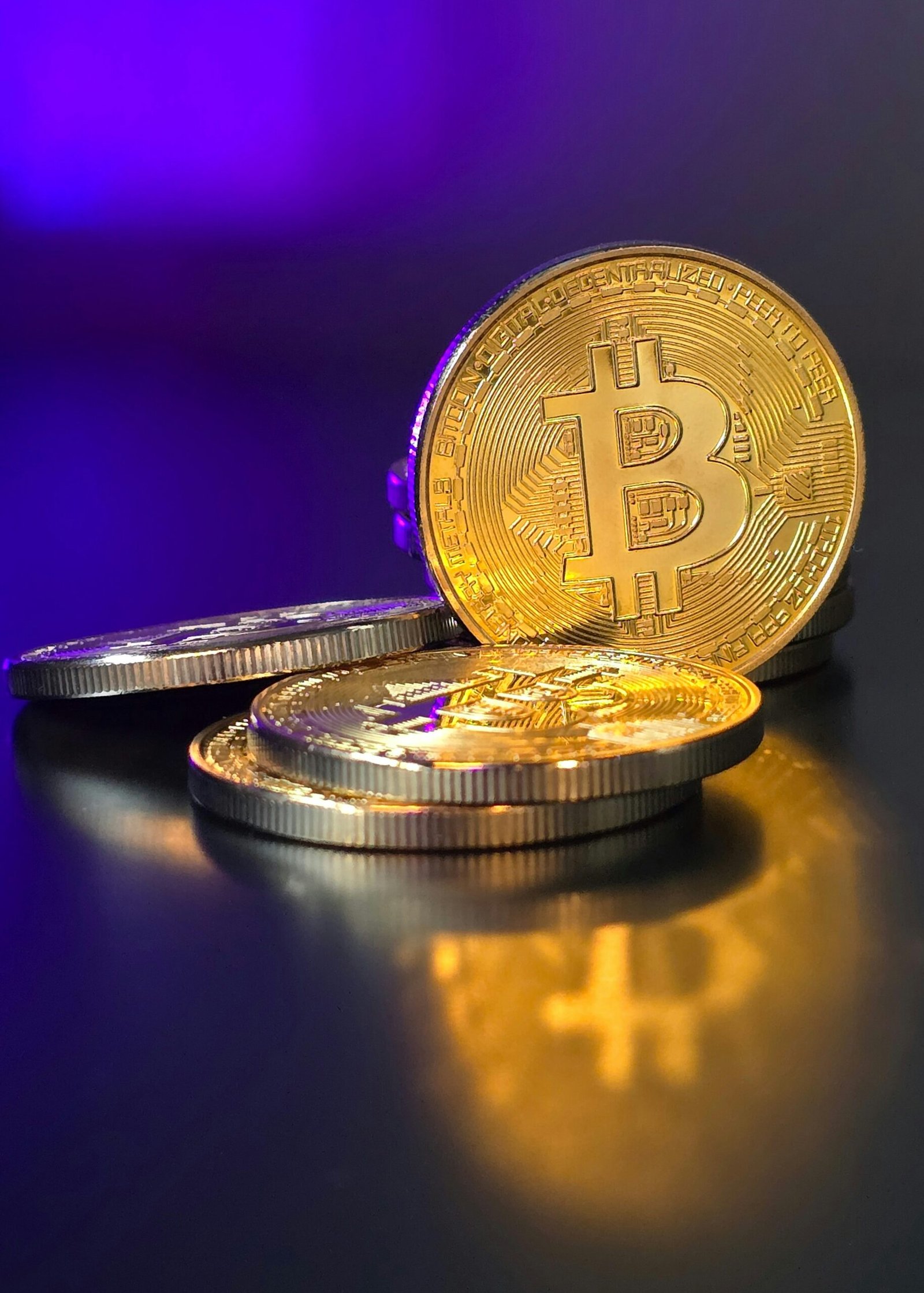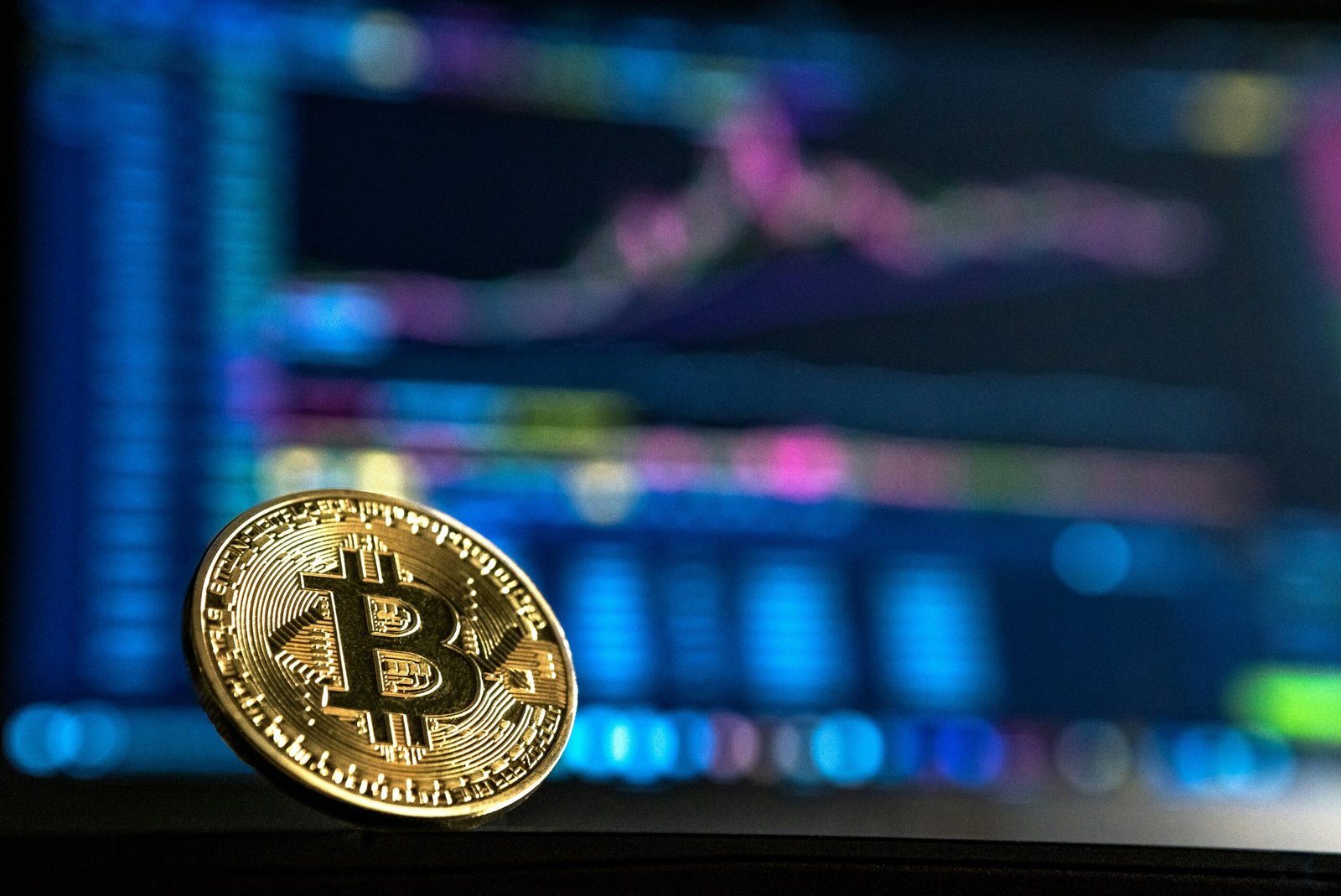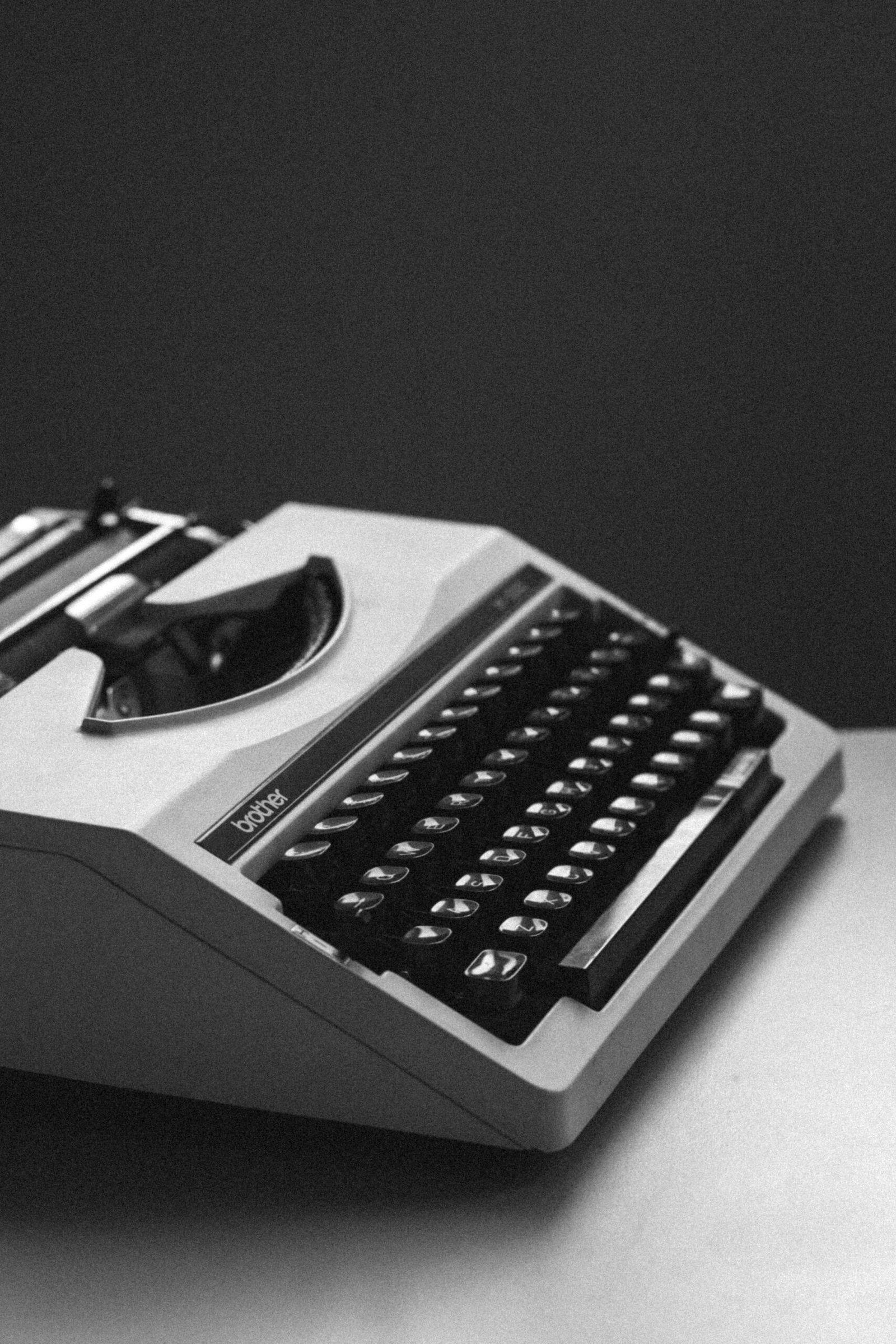How to Claim Bitcoin Gold: A Step-by-Step Guide
Introduction to Bitcoin Gold
Bitcoin Gold (BTG) represents a significant evolution within the cryptocurrency sphere, originating as a hard fork from the original Bitcoin (BTC) blockchain. The inception of Bitcoin Gold occurred on October 24, 2017, as a deliberate endeavor to address perceived centralization within the Bitcoin mining process. This split was driven by the desire to create a more decentralized and egalitarian form of digital currency, accessible to a broader range of individuals and entities.
The primary objective behind the creation of Bitcoin Gold was to democratize the mining process. Unlike Bitcoin, which predominantly relies on specialized mining hardware known as Application-Specific Integrated Circuits (ASICs), Bitcoin Gold employs an algorithm called Equihash. This algorithm is designed to be ASIC-resistant, enabling a wider array of participants to mine BTG using more commonly available hardware like Graphics Processing Units (GPUs). This shift aims to prevent mining centralization by large corporations, consequently promoting greater decentralization and security across the network.
Another key feature of Bitcoin Gold is its enhanced security. The development team implemented measures to protect against various forms of attack, including replay attacks, which can occur during the fork process. By integrating unique address formats and implementing replay protection, Bitcoin Gold ensures that transactions on its network are distinct from those on the Bitcoin network, thereby safeguarding user assets.
Bitcoin Gold also embodies the principles of transparency and open governance. Its open-source nature allows for continuous contributions from a global community of developers, fostering innovation and improvements. This collaborative approach contrasts with the more centralized decision-making processes observed in some other cryptocurrency projects.
In essence, Bitcoin Gold strives to uphold the foundational tenets of cryptocurrency, such as decentralization, security, and accessibility, while addressing specific limitations observed within the Bitcoin ecosystem. As a result, it presents an intriguing alternative for users and miners seeking a more inclusive and secure digital currency environment.
Understanding Forks and Bitcoin Gold Fork
A blockchain fork is a significant event within the cryptocurrency ecosystem, representing a divergence in the blockchain protocol. Forks can occur for various reasons, such as to implement protocol upgrades, introduce new features, or address security vulnerabilities. They can be broadly categorized into two types: hard forks and soft forks. A hard fork results in a permanent split from the original blockchain, creating a new, separate chain that operates under different rules.
Bitcoin Gold (BTG) is a result of such a hard fork from the original Bitcoin (BTC) blockchain. This fork took place on October 24, 2017, at block height 491,407. The primary motivation behind the Bitcoin Gold fork was to decentralize mining and make it more accessible to a broader range of participants. To achieve this, Bitcoin Gold introduced a new proof-of-work algorithm called Equihash, which is less susceptible to the specialized hardware (ASICs) that dominate Bitcoin mining.
For Bitcoin holders, the Bitcoin Gold fork had notable implications. At the time of the fork, anyone holding Bitcoin received an equivalent amount of Bitcoin Gold, preserving their value in the new blockchain. This was possible because the fork created a snapshot of the Bitcoin blockchain at the specified block height, effectively cloning the entire ledger up to that point. As a result, BTC holders became BTG holders as well, with balances identical to their Bitcoin holdings at the time of the fork.
The introduction of Bitcoin Gold aimed to democratize mining and address concerns about centralization within the Bitcoin network. By adopting the Equihash algorithm, Bitcoin Gold sought to ensure that mining could be conducted using standard GPU hardware, thereby promoting a more decentralized mining landscape. This shift was intended to enhance the security and resilience of the network by distributing mining power more evenly among participants, rather than concentrating it in the hands of a few dominant players.
Eligibility to Claim Bitcoin Gold
Understanding eligibility criteria is crucial for anyone looking to claim Bitcoin Gold (BTG). To determine if you are eligible, the primary factor to consider is the timing of your Bitcoin (BTC) holdings. Specifically, you must have held BTC in a wallet or on a supporting exchange at the time of the fork. The Bitcoin Gold fork occurred on October 24, 2017, at block 491407. Hence, any BTC held before this block number qualifies you to claim an equivalent amount of BTG.
Equally important is whether you have access to the private keys of the wallet where your BTC was stored. Possession of private keys is essential because it allows you to sign transactions and prove ownership of your BTC at the time of the fork. If your BTC was held in a personal wallet where you control the private keys, you are in a favorable position to claim BTG.
However, if your BTC was held in a custodial wallet or on an exchange, the situation becomes more nuanced. Custodial wallets are managed by third-party services that often control the private keys on your behalf. In such cases, eligibility to claim Bitcoin Gold depends on whether the service provider supports BTG. Many prominent exchanges and custodial wallets have publicly stated their stance on Bitcoin Gold, with some offering automatic crediting of BTG to users’ accounts, while others require additional steps for claiming.
Lastly, it is important to be aware that accessing your BTG requires a degree of technical proficiency. You will need to use specific tools or platforms that support Bitcoin Gold, and ensure that you are following security best practices to avoid exposing your private keys to potential threats. By meeting these eligibility requirements and taking the necessary precautions, you can successfully claim your Bitcoin Gold and participate in this cryptocurrency ecosystem.
Necessary Preparations Before Claiming
Before embarking on the process of claiming Bitcoin Gold, it is imperative to undertake several preparatory steps to ensure a smooth and secure experience. One of the most critical actions is securing your private keys. Private keys are essentially the keys to your digital wallet; without them, you cannot access your cryptocurrencies. Therefore, it is essential to store them in a secure location, such as a hardware wallet or a highly encrypted digital vault, to prevent unauthorized access.
Equally important is selecting a secure and trusted wallet. Many wallets in the market claim to offer top-notch security, but it is crucial to opt for one that is reputable and well-reviewed. Look for wallets that offer robust security features such as two-factor authentication (2FA), multi-signature support, and regular security audits. Additionally, ensure that the chosen wallet supports Bitcoin Gold, as not all wallets do. Compatibility issues can lead to the loss of your Bitcoin Gold tokens.
Understanding the potential risks associated with the claiming process is also vital. Phishing attacks, malware, and fraudulent websites are common threats in the cryptocurrency world. To mitigate these risks, always double-check URLs, avoid downloading software from untrusted sources, and keep your devices updated with the latest security patches. Using a dedicated, clean device for cryptocurrency transactions can also add an extra layer of security.
Moreover, before proceeding with the claim, back up your existing wallet. This backup will serve as a safety net in case anything goes wrong during the claiming process. It is also advisable to read through community forums and official Bitcoin Gold resources to gather any additional tips or warnings from other users who have successfully claimed their Bitcoin Gold.
By meticulously following these preparatory steps, you can significantly reduce the risks and ensure a secure and successful Bitcoin Gold claiming process. Proper preparation is the cornerstone of a safe cryptocurrency experience, safeguarding your digital assets from potential threats.
Claiming Bitcoin Gold: Step-by-Step Process
Claiming Bitcoin Gold (BTG) involves several steps, which vary slightly depending on the type of wallet you are using. Below, we outline the process for hardware wallets, software wallets, and exchange wallets. Each method requires careful handling of private keys to ensure the secure retrieval of BTG.
Hardware Wallets
For those using hardware wallets such as Ledger or Trezor, the first step is to ensure that your device supports Bitcoin Gold. If supported, update the firmware and software to the latest versions. Connect your hardware wallet to your computer and open the wallet application. Navigate to the Bitcoin Gold section within the wallet interface. Follow the on-screen instructions to generate a new Bitcoin Gold address.
Next, you will need to export your Bitcoin (BTC) private keys from the hardware wallet. This may involve temporarily switching to a software wallet that can manage the private keys. Import the private keys into a BTG-compatible wallet, such as ElectrumG or Coinomi. Once imported, your Bitcoin Gold balance should be visible, allowing you to manage and transfer your BTG as needed.
Software Wallets
For software wallets such as Electrum or Exodus, begin by ensuring your wallet software is updated to the latest version. Open your wallet and locate the section for private keys. Export your Bitcoin private keys and save them securely. Download and install a Bitcoin Gold-compatible wallet, such as ElectrumG or Coinomi.
After installing the BTG wallet, import your Bitcoin private keys into the new wallet. This process allows the wallet to access and display your Bitcoin Gold balance. Verify the balance and, if desired, transfer the BTG to a new secure address or another wallet of your choice.
Exchange Wallets
If you stored your Bitcoin on an exchange at the time of the Bitcoin Gold fork, the process is slightly different. Firstly, check if the exchange supports Bitcoin Gold and if it has already credited your account with the corresponding BTG. If support is available, navigate to your exchange’s wallet section and locate the Bitcoin Gold wallet. Your BTG balance should be automatically credited, and you can manage it directly within the exchange platform.
If the exchange does not support BTG, you will need to withdraw your Bitcoin to a personal wallet and follow the steps outlined for hardware or software wallets to claim your Bitcoin Gold.
By following these detailed steps, you can successfully claim your Bitcoin Gold, ensuring that you can securely access and manage your BTG holdings.
Using Official Bitcoin Gold Wallet
Bitcoin Gold (BTG) holders can securely claim their BTG by utilizing the official Bitcoin Gold wallet. The process involves downloading, installing, and setting up the wallet, importing private keys, and verifying the balance. This guide provides a structured approach to help users seamlessly navigate through these steps.
To begin with, visit the official Bitcoin Gold website to download the wallet. Ensure that you choose the correct version compatible with your operating system, whether it be Windows, macOS, or Linux. Once the download is complete, proceed with the installation by following the on-screen instructions. Typically, this involves agreeing to the terms and conditions and specifying an installation directory.
After successfully installing the wallet, launch the application. The initial setup involves creating a new wallet or importing an existing one. For those new to Bitcoin Gold, creating a new wallet is straightforward. However, if you possess a Bitcoin wallet with BTG, select the option to import the wallet using your private keys.
Importing private keys is a critical step for claiming your Bitcoin Gold. Navigate to the ‘Import’ option within the wallet interface. Here, you will be prompted to enter your private keys. Carefully input the private keys associated with your Bitcoin address where the BTG was forked. Ensure the accuracy of the keys to avoid any potential issues.
Once the private keys are successfully imported, the wallet will automatically scan the blockchain for any BTG associated with your Bitcoin address. This process may take a few minutes, depending on the network speed and the number of transactions. Upon completion, your Bitcoin Gold balance will be displayed within the wallet interface.
It is advisable to verify the BTG balance to ensure that the correct amount has been claimed. The wallet provides transaction history and balance details to assist in this verification process. By following these steps, users can effectively use the official Bitcoin Gold wallet to claim and manage their BTG holdings securely.
Alternative Methods to Claim Bitcoin Gold
Claiming Bitcoin Gold (BTG) can be accomplished through various methods, including utilizing third-party wallets or services that support BTG. These alternative methods offer a convenient way to access your Bitcoin Gold without the need to manually split or manage private keys.
One of the most popular alternative methods is using third-party wallets that inherently support Bitcoin Gold. Examples of such wallets include Coinomi and Exodus. These wallets streamline the process by allowing users to import their Bitcoin (BTC) private keys, which then automatically credit the corresponding amount of Bitcoin Gold to the user’s wallet. The primary advantage of using third-party wallets is their user-friendly interface and the elimination of complex technical steps involved in manually claiming BTG.
Another alternative is leveraging services from exchanges that support Bitcoin Gold. Many major exchanges, such as Binance and Bitfinex, facilitate the claiming process by crediting BTG to users who held BTC at the time of the fork. Users can simply hold their BTC in their exchange wallet, and the exchange will handle the split and credit the appropriate amount of Bitcoin Gold to the user’s account. This ensures a secure and hassle-free method of claiming BTG.
However, these alternative methods come with their own set of pros and cons. While third-party wallets and exchanges provide convenience and ease of use, they also require a degree of trust in the service provider. Users must ensure that they choose reputable and secure platforms to avoid the risk of fraud or loss of funds. Additionally, there is a dependency on the service’s support for BTG, which might not be permanent as market dynamics evolve.
To choose a reliable and secure option, it is essential to conduct thorough research. Look for wallets and exchanges with strong security protocols, positive user reviews, and a proven track record. Reputable platforms often have transparent policies and robust customer support to assist users in case of any issues. By carefully evaluating these factors, users can confidently select a method that balances convenience with security when claiming their Bitcoin Gold.
Post-Claiming Considerations and Security Tips
Successfully claiming your Bitcoin Gold (BTG) is just the beginning of your journey in managing and securing this digital asset. Ensuring the safety and proper handling of your BTG is paramount to protect it from potential threats. Here are some crucial post-claiming considerations and security tips to keep in mind.
Securing Your Bitcoin Gold
Once you have claimed your BTG, the first step is to transfer it to a secure wallet. Avoid leaving your cryptocurrency on exchanges for extended periods, as they are prime targets for hacking. Instead, consider using hardware wallets such as Ledger or Trezor. These devices store your private keys offline, providing a higher level of security against online threats. If a hardware wallet is not an option, opt for reputable software wallets that offer strong encryption and backup features.
Best Practices for Storage
When it comes to storing your BTG, adopting best practices is essential. Always keep your wallet software up to date to benefit from the latest security patches. Additionally, enable two-factor authentication (2FA) to add an extra layer of protection to your wallet. Regularly back up your wallet and store the backup in multiple secure locations. This precaution ensures that you can recover your assets in case of hardware failure or loss of access.
Safely Trading or Selling BTG
If you decide to trade or sell your Bitcoin Gold, exercise caution. Use reputable exchanges with a solid track record of security and user protection. Before initiating any transactions, double-check the recipient’s address to avoid costly mistakes. Be aware of phishing attempts and only interact with official websites and verified sources.
Ongoing Security Practices
Securing your digital assets is an ongoing process. Regularly monitor your wallet for any unauthorized transactions and promptly address any suspicious activity. Stay informed about the latest security threats and updates in the cryptocurrency world. Educate yourself on emerging security practices to continually enhance the protection of your BTG.
By following these post-claiming considerations and security tips, you can effectively manage and safeguard your Bitcoin Gold, ensuring your investment remains secure in the ever-evolving digital landscape.






